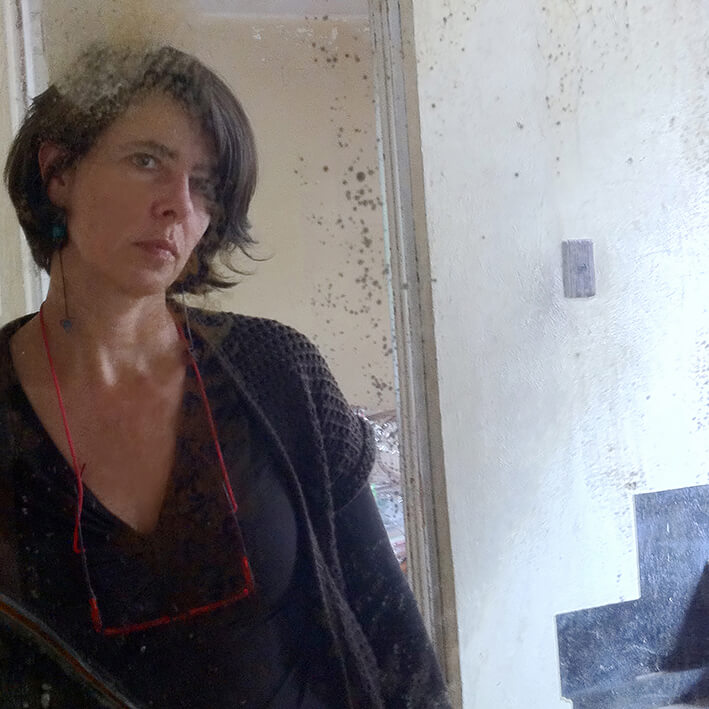Patricia Lagarde was born in Mexico City, where she currently lives and works.
Studies in Communication and Graphic Design. She develops in the middle of photography from an early age. Her work revolves around three fundamental axes; the object as a symbol, the construction of memory and the poetics of space.
Her images and artist books have been shown in Museums, Galleries and Fairs in various countries around the world.
In Mexico it is represented by Patricia Conde Galería, in San Francisco by The Jack Fischer Gallery.
Statement
Patricia Lagarde's work is akin to that imaginary construction of an excessive, circular notion of time found in the most conspicuous narratives of magical realism. She grabs such epic dimension of time and submits it to an intimate experience. The signs she works with have no great scenarios of history as spatial references but rather much more discrete enclosures, such as the alchemist's laboratory, a cabinet of curiosities or an antiques collection. Objects that have been touched, used or abandoned are the most recurring personal motives throughout her career. Or perhaps we should say the “aura” of such objects, resulting from the way time has noticed them. Insects, toys, maps and spheres, ancient instruments, clothes, reproductions of works of art, other photographs and other texts are then taken to a ranking ground where the colossal and the tiny are confused, where the distinction between the own and the alien is no longer important, the imaginary and the real hierarchies are reversed and the meaning of usefulness loses relevance. (Author_Juan Antonio Molina)
